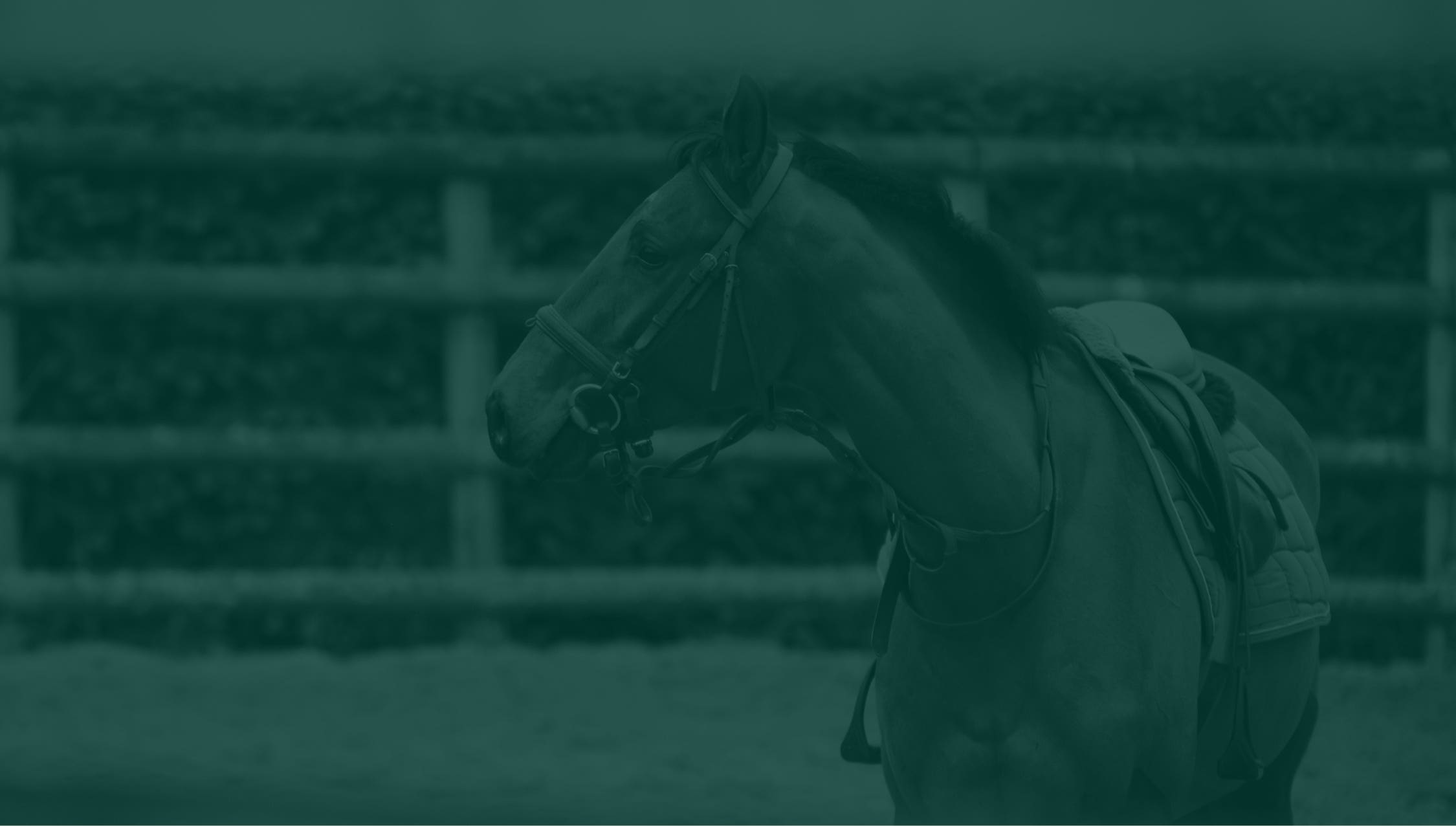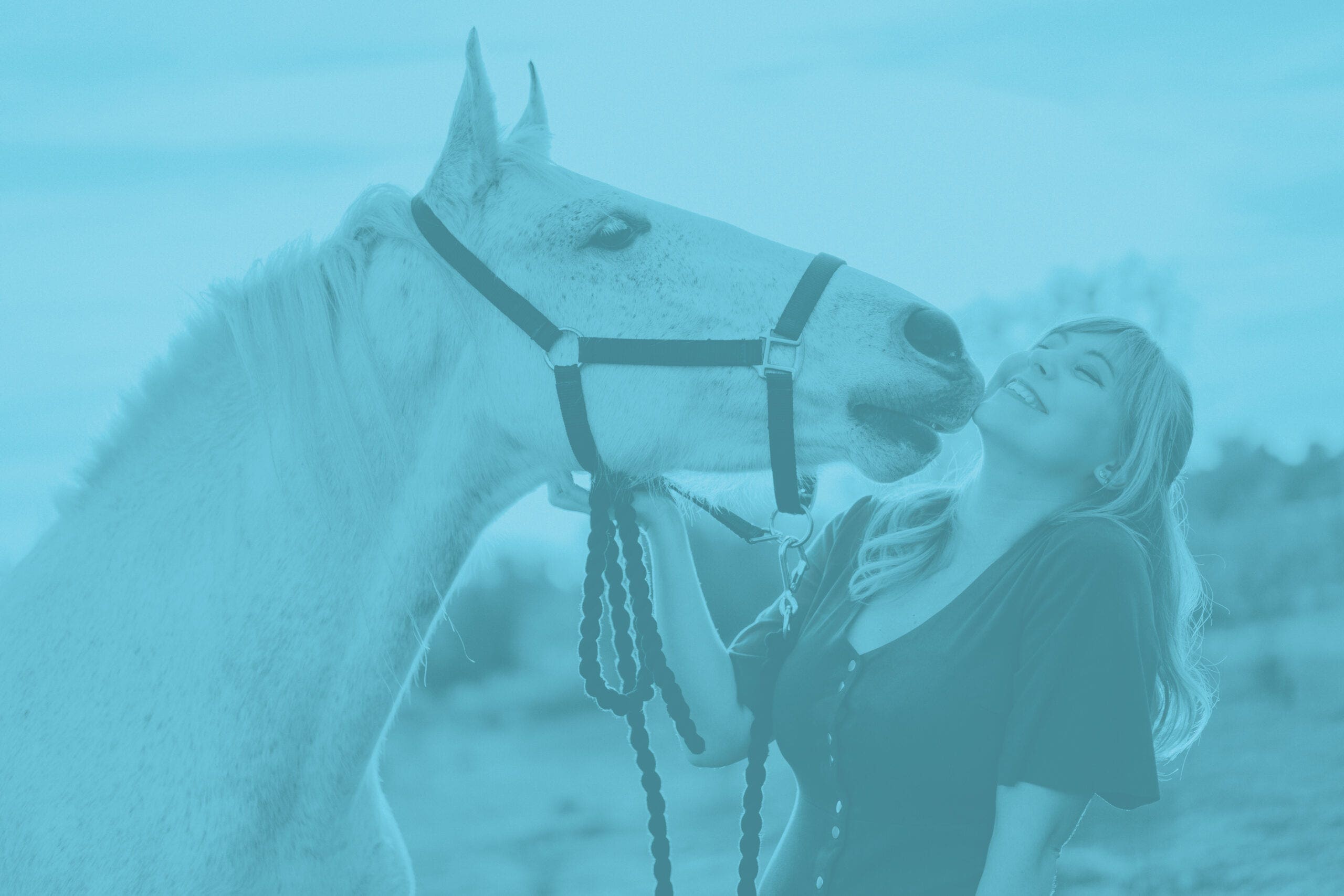
Equine Club Insurance
Protect your riding club.
This program helps you protect your club as a whole, its members, owned or leased property, and more.
Coverage your club needs.
You need liability insurance for your horse club if it is a registered nonprofit, if you use the profits to pay operating expenses, or if you use it to generate money for charitable causes.

Two types of club coverage.
We offer two types of insurance specifically for clubs and associations.
Commercial General Liability
This protects the organization, board members, volunteers, employees and others acting in an official capacity for bodily injury and/or property damage claims arising from horse club activities.
Management Liability
This special coverage is available separately to clubs and protects the officers and directors of the organization for “wrongful acts” arising from their official duties. Coverage may be extended to the actual ownership of land/buildings, and the operation or maintenance of equine facilities where you own, rent or maintain land/building(s) for more than 15 consecutive days.
Automatic extensions of coverage include:
- $5,000,000 liability for approved activities including injury to participants
- $1,000,000 on tenant legal liability on responsibility for rented premises
- $10,000 on owned property other than buildings (higher limits available)
- $10,000 per horse ($100,000 per catastrophe) on horses of others
- $2,000 on owned money
Speak to a specialist.
Get in touch with a dedicated advisor on our equine insurance team and we’ll get to work building the perfect coverage program for you.
Answering your most common questions.
Is there a problem with the insurance if we let someone participate in a show who is not a club member and/or not a member of a provincial equestrian association?
No. The insurance allows for non-club members and non-equine association members to participate in your activities or shows (remember, the insurance covers you not them). It is, however, a good risk management strategy and a recommendation that wherever practical you should confirm that people participating in your events have their own insurance. It is also essential that your own club members also be members of your provincial equestrian association (see next question).
Will our insurance be affected if it is found that not all of our participating club members are provincial association members?
Possibly. It is a condition of this insurance that all your club members who are active riding or driving members will also be provincial association members. This does not apply to social or honorary members who no longer ride or drive in club-associated activities.
If a loss occurs involving one of your active riding or driving club members and it is found that they are also not a member of your provincial equestrian association, then your insurance may become null and void. Clubs can submit membership rosters to their provincial equestrian association office to obtain confirmation of their member’s status.
Our club is allowed to use municipal properties to hold events from time to time, but we are asked to add the municipality to our insurance. Can we do this and does it cost extra?
These groups are automatically added to your policy at no additional premium. The policy states that owners of private or public land are added as additional insureds with respect to losses arising out of the activities of the club on those lands.
Is there any exclusion or restriction if our club sells or serves alcohol at a club function or activity?
The sale or service of alcohol at any event requires special attention. Please contact us to discuss the appropriate coverage.
Clubs can conduct clinics using an instructor who is not formally certified. How do you determine if the instructor’s competence or experience is sufficient to satisfy the insurance program requirements?
The instructor used by clubs to conduct a clinic must meet the following criteria to enable the club to be covered for the clinic exposure. The instructor should have conducted similar clinics in the past or be recognized in the equestrian industry for his or her expertise on the topic of the clinic. Generally, clubs have some discretion in this area to assist them and it is recognized there would be little value in conducting a clinic using an instructor who had little to offer. Also, the clinic setting is usually of short duration and in a controlled setting allowing for this discretionary benefit.
I have been told that liability insurance for clubs covers directors. Why then is Management coverage discussed so much and sold separately? What is this all about?
The club’s Commercial General Liability policy responds to lawsuits which result from a bodily injury or a property damage in which it is felt the club bears some responsibility. Your policy covers this and also covers directors and others associated with hosting club activities for these types of claims. However there are other things for which a director or officer may be sued which have nothing to do with a bodily injury or a property damage. Typically these lawsuits are the result of a wrongful act by a director and are filed by another director, club member or a financial institution. Directors and Officers policies are separate policies with specialized wordings to deal with these situations.
Are commercial equine operations insured under this policy?
The intent of this Club Policy is to insure the Club and their members for Club activities. The following are not deemed to be commercial equine operations under the Policy:
- Boarding of an equine
- Equine Shows or Competitions
- Clinics and Instruction
- Fundraising activities as long as the Club is not offering commercial equine activities to the public (i.e. including but not limited to trail rides or pony rides).
Watch our videos for more answers.
Our manual for equine risk management.
Acera Insurance has developed a manual that helps to educate and protect you against risks associated with equine related exposures with. In consultation with thousands of equine industry participants over the last 25 years, this information has become a point of reference for government, equine associations in Canada and beyond.
